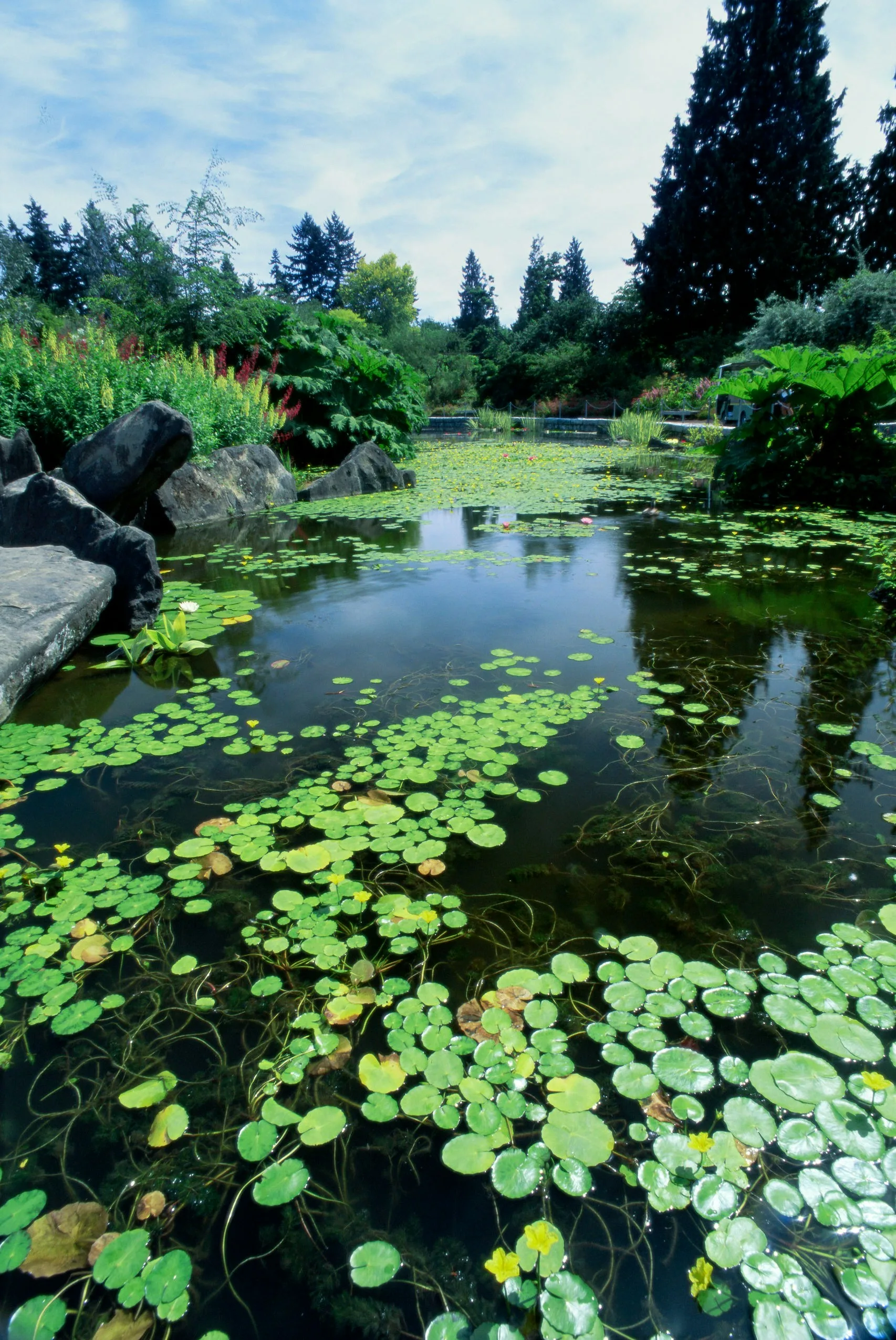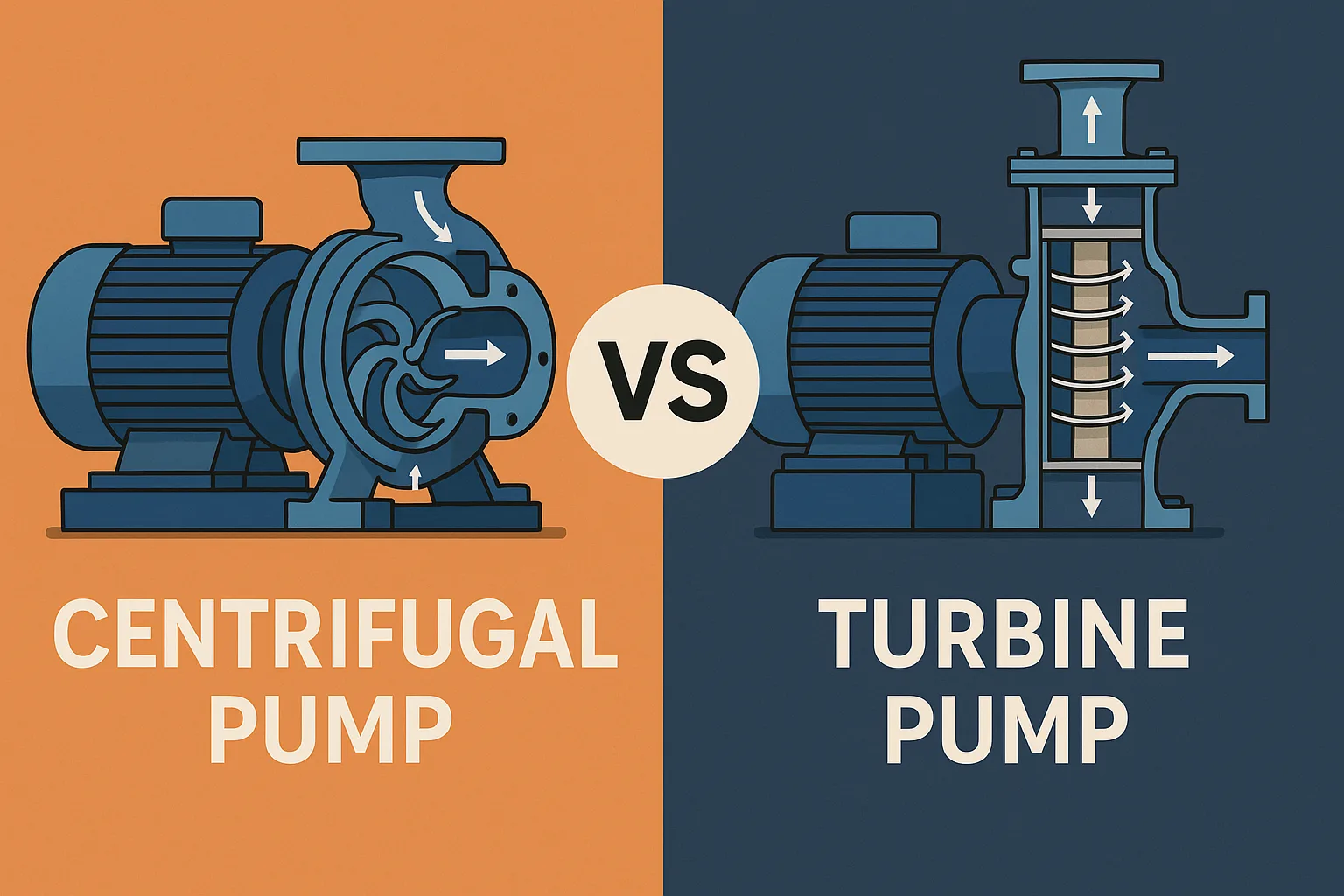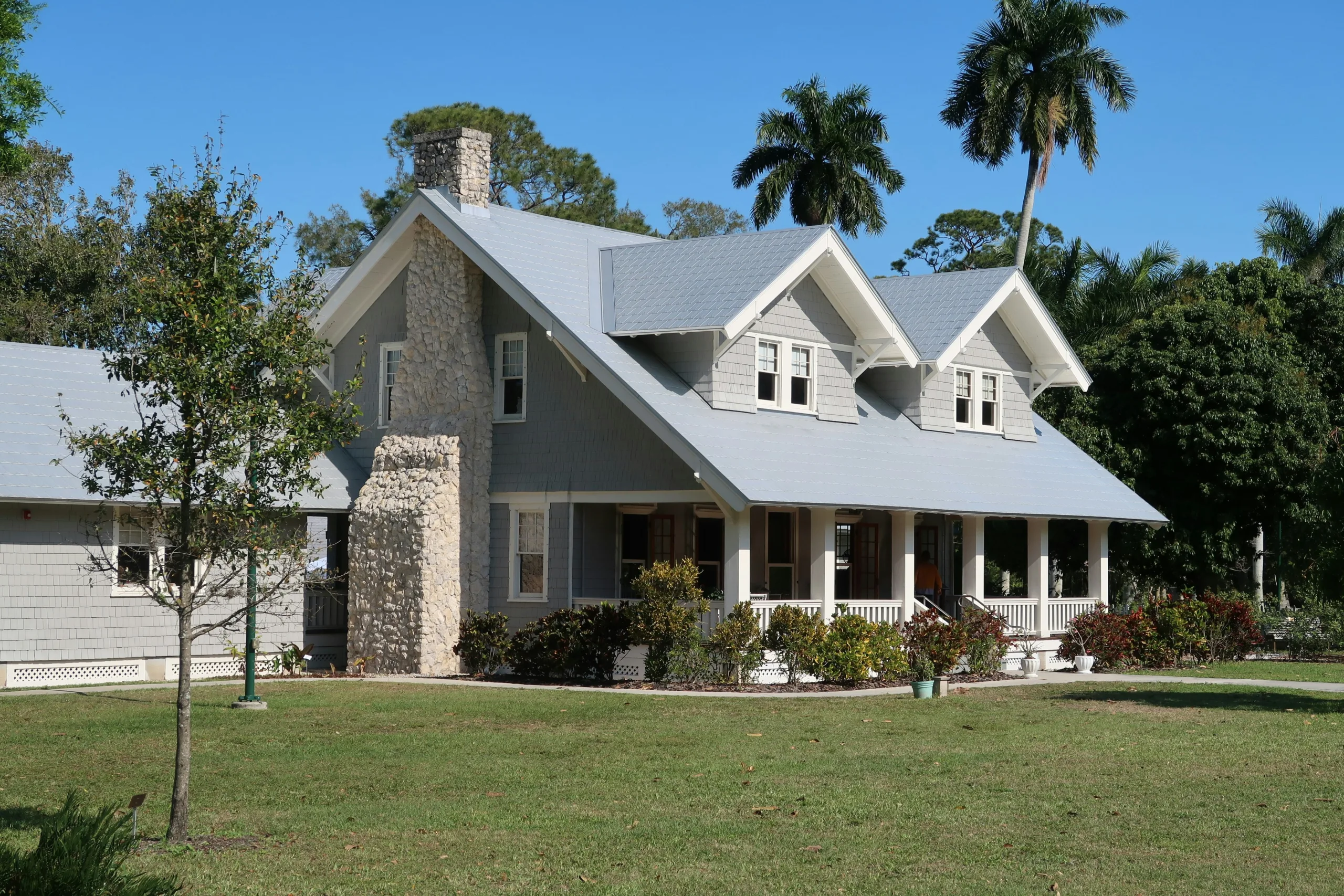The Functionality and Importance of Pond Pumps

Pond pumps are essential for maintaining a healthy and vibrant ecosystem. They play a crucial role in circulating water, improving water quality, and supporting aquatic life. Whether you’re a homeowner with a backyard water garden or a landscaping professional managing large outdoor water features, choosing the right pond water solution is key to ensuring the health and beauty of your pond. This guide will explore what a pond aggregate does, how pond pumps work, their various types, and how to select and maintain one for your specific needs.
What is a Pond Pump?
A pond pump is a device designed to move water within a pond, ensuring proper pond circulation and preventing stagnation. By keeping the water in motion, these aggregates help maintain oxygen levels, reduce algae growth, and support the overall health of aquatic plants and fish. There are several types of aggregates, including fountain solutions for aesthetic displays and waterfall pumps for dynamic water features.
How Does a Pond Pump Work?
Aggregates work by drawing water into the pump, passing it through a filtration system (in some cases), and releasing it back into the pond. This continuous circulation prevents water from becoming stagnant and promotes a healthy environment.
Components of a Pond Pump
The key components of a pump work together to maintain a healthy and balanced ecosystem:
- Impellers: Create the water movement by spinning at high speeds.
- Motor: Powers the aggregate and ensures reliable operation.
- Filter: Helps remove debris and prevent clogging.
- Housing: Protects the internal components and ensures durability.
By working together, these components enable the pump to keep the pond’s ecosystem balanced and thriving.
Types of Pond Pumps
Submersible vs. External Pond Pumps
Aggregates are placed directly in the water, making them an ideal choice for smaller ponds or water gardens. They are straightforward to install and operate quietly, making them a convenient option for residential use. In contrast, external solutions are positioned outside the pond and designed for larger zones or commercial applications. These solutions are generally more powerful and energy-efficient for handling high water volumes, making them a practical solution for extensive setups.
Fountain Pumps and Waterfall Pumps
Fountain aggregates are primarily used for decorative purposes, creating stunning water displays that also enhance aeration. Meanwhile, waterfall pumps are engineered to support the needs of waterfalls and streams. These solutions provide robust water circulation, ensuring adequate oxygenation to maintain a healthy aquatic environment.
Filtration Pumps
Filtration aggregates are specifically designed to work alongside filtration systems. They play a vital role in removing debris, maintaining water clarity, and preventing algae buildup. These pumps are essential for controlling algae and ensuring consistently high water quality, making them a critical component of pond maintenance.
Benefits of Using a Pond Pump
Improved Water Circulation and Oxygen Levels
Proper pond water circulation ensures that oxygen is evenly distributed throughout the pond, which is vital for the survival of fish and other aquatic organisms.
Enhanced Pond Health and Reduced Algae Growth
By preventing stagnation, the solution minimizes the risk of algae overgrowth and promotes a clean, healthy pond environment.
Supports Aquatic Life, Fish, and Plants
A well-functioning submersible pump for ponds creates an ideal habitat for koi, goldfish, and aquatic plants, ensuring they thrive in a balanced ecosystem.

How to Choose the Right Pond Pump
Selecting the right pond pump depends on several factors, including the size and requirements of your pond.
Pump Size and Flow Rate
The aggregate flow rate (measured in gallons per hour, or GPH) should be capable of circulating the pond’s total volume at least once every two hours. For example, a 1,000-gallon pond would need a solution with a minimum flow rate of 500 GPH.
Energy Efficiency and Pump Lifespan
Look for energy-efficient outdoor water aggregate to save on operating costs. High-quality pumps with durable components, such as submersible solutions for ponds, often have a longer lifespan.
Placement and Installation Considerations
Consider the layout of your pond when choosing between submersible and external pumps. Proper placement ensures maximum efficiency and ease of maintenance.
Maintenance Tips for Pond Pumps
Regular maintenance is essential for ensuring your aggregate remains in optimal condition and continues to support a healthy aquatic environment.
Cleaning and Replacing Filters
One of the most important tasks is cleaning the aggregate filter on a regular basis. This prevents clogs that can disrupt water flow and reduce the pump’s efficiency. Over time, filters may wear out or lose their effectiveness. Replacing them as needed ensures that debris is effectively removed, helping maintain clear and clean water.
Regular Inspections and Part Replacements
It is also important to routinely inspect critical components, such as impellers and seals, for signs of wear and tear. Promptly replacing damaged parts is key to avoiding pump failure and ensuring consistent performance. Regular inspections and timely repairs will prolong the life of your pump and keep it functioning smoothly.
Common Issues and Troubleshooting Tips
Even the best solutions may encounter occasional issues. Here are some common problems and how to address them:
- Reduced Flow Rate
Check for blockages in the pump or tubing and clean the filter.
- Clogging
Remove debris from the intake area or impeller.
- Pump Overheating
Ensure the pump is properly submerged or ventilated, depending on the type.
By addressing these issues promptly, you can ensure your aggregates continue to operate effectively and maintain the health of your pond.
Frequently Asked Questions (FAQs)
How long should a pond pump run each day?
Ideally, this solution should run continuously to maintain proper water circulation and oxygen levels.
What size pump do I need for my pond?
The aggregate size depends on your aggregate volume. Calculate the required flow rate as one-half of the pond’s total gallons per hour.
Can pond pumps run continuously?
Yes, most modern pumps, including energy-efficient outdoor water pumps, are designed for continuous operation.
Conclusion
A reliable solution is the cornerstone of a healthy and beautiful ecosystem. By promoting pond water circulation, enhancing water quality, and supporting aquatic life, these pumps are essential for both small backyard ponds and large commercial setups. Whether you’re looking for fountain aggregates, a waterfall pump, or a filtration system, selecting the right pump will ensure long-term pond health and enjoyment. Explore your options and invest in the best pump for your pond today!

Articles you may be interested in


